RLT Q&A: Does Red Light Therapy Help With Bruises
Red light therapy (RLT) is a safe treatment that uses red and near-infrared light to heal and regenerate tissue. RLT is gaining popularity for its benefits in skin, pain relief, and wound healing. RLT stimulates cellular activity and promises to help recovery for multiple conditions. So the question is, does red light therapy help with bruises?
Table of content
Unleash the Power of Red Light Therapy

Red light therapy enables specific wavelengths of light to pass through the skin and influence cellular function. Specifically, it boosts the cell's energy-producing organelle, increasing ATP production. Increased cellular energy speeds up healing processes, stimulates collagen, reduces inflammation and increases blood flow factors in healing bruises.
Types of Red Light Therapy Devices
Laser Devices: Directed beams of light that can penetrate tissues deeply, often used in a clinical environment.
LED Panels: LEDs that can cover an area simultaneously and are suitable for household use.
Handheld Devices: Portable and handy, they are excellent for localized treatments.
Light Therapy Masks: Light therapy masks are primarily facial treatments that use red light and other wavelengths to improve the health of one's skin.
Therefore, each has a different power output and treatment depth for some treatment applications.
The Nature of Bruises

When trauma occurs, the capillaries break, and blood seeps into the tissue. At first, the bruise appears red because the fresh blood beneath the skin is visible. As the body consumes red blood cells, a bruise changes from purple to blue and green. It changes to yellow during the healing process.
Changes in color, swelling, and tenderness are signs of bruising at the affected site. It usually lasts three to four weeks.
Factors Influencing Bruise Healing
Several factors influence the healing time of bruises:
Age: Older adults have less vibrant circulation and less flexible skin that may take longer to heal.
Health condition: Underlying diabetes or blood clotting disorders can slow healing.
Medication: Some medicines, for example, blood thinners, might extend the time that bruises last.
Nutrition: Vitamins, particularly vitamins C and K, are essential for recovery.
Does Red Light Therapy Help With Bruises?
Many studies have identified it as effective in red light therapy, promoting tissue repair, such as bruise recovery. Red light therapy is effective because it enhances improvement through swelling reduction and accelerates pooled blood reabsorption in bruises.
Clinical trials show that patients treated with red light therapy (RLT) for bruises recover more quickly. Patients experience less color change than those who do not receive the treatment. RLT's analgesic properties also help alleviate pain, allowing patients to resume their normal activities more quickly.
Further research must establish red light therapy (RLT) as a recognized treatment. Nevertheless, preliminary evidence indicates that RLT may serve as a complementary therapy for bruises. RLT offers aesthetic and comfort benefits during the recovery from traumatic injuries.
Mechanisms by Which Red Light Therapy May Aid in Healing
Red light therapy energizes the healing responses:
Increased Blood Flow: Enhanced circulation helps deliver oxygen and nutrients to the injured area, helping repair.
Reduced Inflammation: This therapy modifies processes to reduce the pain and swelling associated with bruises.
Collagen Synthesis: Red light promotes fibroblast increase, enhancing the repair of damaged tissues, including the skin affected by bruises.
Analyzing Traditional Treatments
Red light therapy and standard bruise treatments are two completely different ways of taking care of the healing of bruises. Traditional treatments for a bruised limb involve the application of ice, compression, elevation, and over-the-counter pain relief. Ice induces constriction, limiting further bleeding, while compression and elevation work together to minimize swelling and enhance recovery. These established methods have provided rapid symptomatic relief for decades.
Red light therapy utilizes specific wavelengths of light that facilitate cellular repair, decrease inflammation, and improve circulation. This noninvasive treatment activates mitochondria to increase ATP production, which is essential for cell regeneration.
Red light therapy reduces pain and improves skin health, minimizing bruising duration and severity. Unlike conventional symptomatic treatments, it offers a holistic approach that may enhance long-term healing, contributing to its growing popularity as a noninvasive recovery method.
Step-by-Step Guide to Using Red Light Therapy for Bruising
Using red light therapy at home is actually quite simple. Starting is easier than you think. Follow these steps to harness the power of light for your healing needs:
1. Choose the Right Device: Choose a device specifically for skin therapy. Opt for a device that explicitly uses LED lights rather than simple household lighting for therapeutic purposes.
2. Clean the Affected Area: Gently clean the skin over and around the bruise. This ensures that no dirt or oil interferes with light absorption, which can affect the treatment's efficacy.
3. Position the Device approximately 1 to 6 inches from your skin. Follow the guidelines in the manual. The light should cover all parts of the bruise.
4. Set the Timer: Red light therapy sessions usually last 5-20 minutes. Stick to your device's recommended duration. Do not overdo it; shorter, more frequent sessions can be more effective than fewer, longer ones.
5. Maintain Consistency: For best results, apply the red light therapy consistently. Whether you use it once or twice daily, find a routine that works for you. Regular sessions help ensure optimal healing.
6. Listen to Your Body: Pay attention to how your skin and bruise respond to the therapy. If you notice discomfort or adverse reactions, pause treatment and consult a healthcare professional.
Benefits and Limitations of Red Light Therapy in Bruise Healing
Advantages of Red Light Therapy for Bruise Recovery
Non-Invasive: It is a needle-free treatment that is non-invasive and, hence, safe to be administered to most.
Few reported side effects: Researchers have reported only minor side effects. These are temporary redness or warmth in the treated area.
Accelerated Healing: Evidence suggests that red light therapy (RLT) accelerates bruise recovery compared to standard home care treatments.
Potential Consideration of Red Light Therapy for Bruise Recovery
Initial cost: Some high-quality RLT devices may require a heavy upfront investment.
Access: Not everyone can access professional RLT treatments; using them at home may not always be practical. Thankfully, portable red light devices like Lumaflex Body Pro and Lumaflex Essential exist.
Consult healthcare providers for red light therapy tailored to your specific needs.
Conclusion
Recent research suggests light therapy may help bruises heal faster than ice and rest. Red light therapy (RLT) may serve as a promising supportive treatment. It aims to accelerate recovery from bruising by enhancing cellular activity, decreasing inflammation, and promoting circulation.
Red light therapy is a new method for faster recovery from bruises. The present data indicates that the treatment protocol effectively heals bruises. Scientists still need further research to identify its effects.
To recover from bruises faster, consider exploring red light therapy. Whether with a professional or through a red light therapy device, you can take the step to faster healing.
































